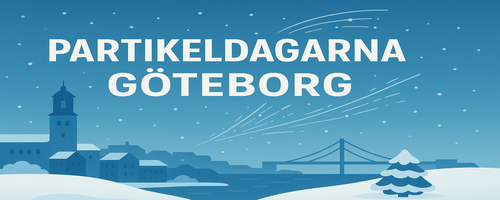Speaker
Description
A hot topic at the Large Hadron Collider (LHC) is the production of anti-nuclei. In ultra high-energy collisions, nuclei with very low binding energies are not expected to survive the dense and hot final state environment. The traditional view of nuclei production has been that antinuclei form via coalescence after the hot environment has dissipated. However, statistical thermal models, where hadrons are produced from a fireball at thermal equilibrium, can also describe the relative abundances of light nuclei in pp and heavy-ion collisions at the LHC. Thus, in this talk, we investigate the deuteron and anti-deuteron production in relativistic hadronic collisions at the LHC to test the microscopic mechanism of their production, which is still under debate. We investigate whether balance functions, triggered by protons and deuterons, can provide a new way to distinguish between the two production scenarios. To this end, we employ PYTHIA to model the coalescence picture and the Thermal-FIST package to describe the thermal production framework.

